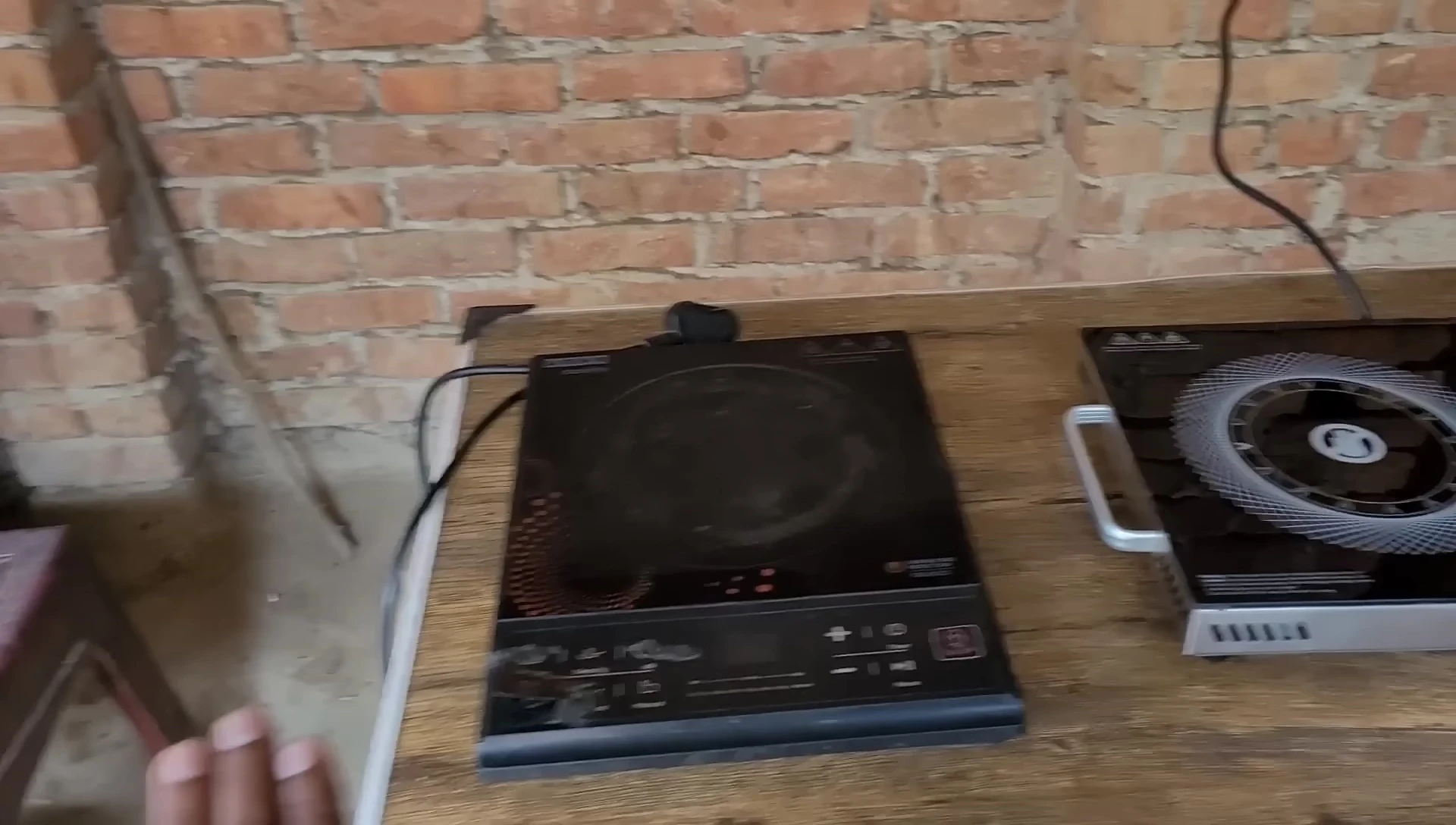Choosing the right cooktop can significantly impact your cooking experience. This detailed comparison dives into the features and performance of two popular models: the Usha induction cooktop and the Bajaj infrared cooktop. We'll explore their key differences, helping you decide which best suits your needs and cooking style. This review is based on extensive use of the Usha induction cooktop, alongside a thorough evaluation of the Bajaj infrared option. We'll examine crucial aspects like cookware compatibility, safety features, cooking speed, versatility, and overall functionality to provide a comprehensive understanding of each appliance.This in-depth analysis considers both the advantages and disadvantages of each cooktop. We’ll weigh the Usha's superior speed and safety features against the Bajaj's impressive versatility and wider cookware compatibility. Ultimately, the ideal choice depends on your individual priorities – prioritizing speed and safety or opting for a more adaptable and all-around cooking solution. By the end of this comparison, you’ll have the information needed to make an informed decision, ensuring your next cooktop purchase perfectly complements your culinary habits.
Pros And Cons
- Worked well for 3 years
- Only compatible with induction-based utensils
- Cannot be used to make rotis
- Heats up even without utensils present, posing a safety risk
- Compatible with all types of utensils
- Can be used to make rotis
- Automatically switches off after 5-6 seconds if a utensil is removed
- Safer due to automatic shut-off feature
- Heats up more slowly than the induction cooker if wattage is the same
- Induction-base utensils are more expensive
- Plate does not have a warranty
- Requires 10-minute rest period after 40-50 minutes of continuous use to prevent overheating
Read more: Nuwave PIC Titanium Induction Cooktop Review: A Mixed Bag of Features
The Contenders: Usha Induction and Bajaj Infrared
This review compares two popular cooktops: the Usha induction cooktop and the Bajaj infrared cooktop. I've used the Usha induction for three years, and while it served me well, it's time for an upgrade. This comparison will highlight the key differences and help determine which cooktop best suits your needs.

The Usha induction cooktop is a reliable and well-established model. However, its limitations in terms of compatible cookware become apparent over time. The Bajaj infrared cooktop, on the other hand, boasts greater versatility.
Both cooktops offer distinct advantages and disadvantages. Ultimately, the best choice depends on your cooking habits and priorities—versatility versus specialized cookware compatibility.
Cookware Compatibility: A Key Difference
A major distinction lies in cookware compatibility. The Usha induction cooktop requires induction-compatible cookware, limiting your options. This specialized cookware often comes with a higher price tag.

In contrast, the Bajaj infrared cooktop is compatible with a wide range of cookware, including steel, aluminum, copper, and even earthenware. This versatility makes it a more convenient choice for many users.

Consider your existing cookware and preferences when making your decision. The Bajaj’s flexibility is a strong selling point, but the Usha’s restriction to induction-compatible cookware might be an issue for some.
Safety Features and Functionality
Safety features are crucial in any kitchen appliance. The Usha induction cooktop automatically shuts off when the cookware is removed, preventing accidents. This feature prioritizes safety.

However, the Bajaj infrared cooktop's safety mechanism is less sophisticated. The Bajaj heats up even without cookware on the surface. While the Bajaj does offer a timer and various power settings, this aspect makes it potentially more dangerous.

The Usha’s automatic shutoff mechanism provides a superior level of safety, especially for households with children. The Bajaj requires more vigilance to ensure safe usage.
Additional Features and Versatility
The Bajaj infrared cooktop stands out with its versatility beyond simply boiling and frying. It can be used to bake rotis, providing a level of functionality not available with the Usha induction cooktop.
The included mesh and sticks further enhance its versatility, allowing for various cooking styles and preparations, from baking to frying smaller food items.
The Bajaj’s adaptability to multiple cooking tasks makes it a more all-around appliance. While the Usha excels in its core function, the Bajaj caters to a broader range of cooking needs.
Performance and Energy Consumption
In terms of cooking speed, the Usha induction cooktop generally heats faster. This is because it directly heats the cookware, while the Bajaj infrared cooktop heats itself first, then the cookware.
However, the difference in cooking time is not significant, especially with higher wattage settings. Energy consumption might be slightly higher with the Bajaj due to its two-step heating process.
The choice depends on your preference for cooking speed versus energy efficiency. The Usha offers slightly faster cooking, while the Bajaj might consume slightly more energy.
Conclusion: Which Cooktop to Choose?
Both the Usha induction and Bajaj infrared cooktops offer distinct benefits. The Usha excels in speed and safety, particularly its automatic shutoff feature. However, its limited cookware compatibility may be a drawback.

The Bajaj infrared cooktop provides versatility, allowing for a wider range of cooking methods and cookware types. Its safety features are less advanced, demanding greater user caution.
If safety and speed are paramount and you have induction-compatible cookware, the Usha induction cooktop is a strong choice. However, for greater versatility and a wider range of cooking options, the Bajaj infrared cooktop is the better option.
